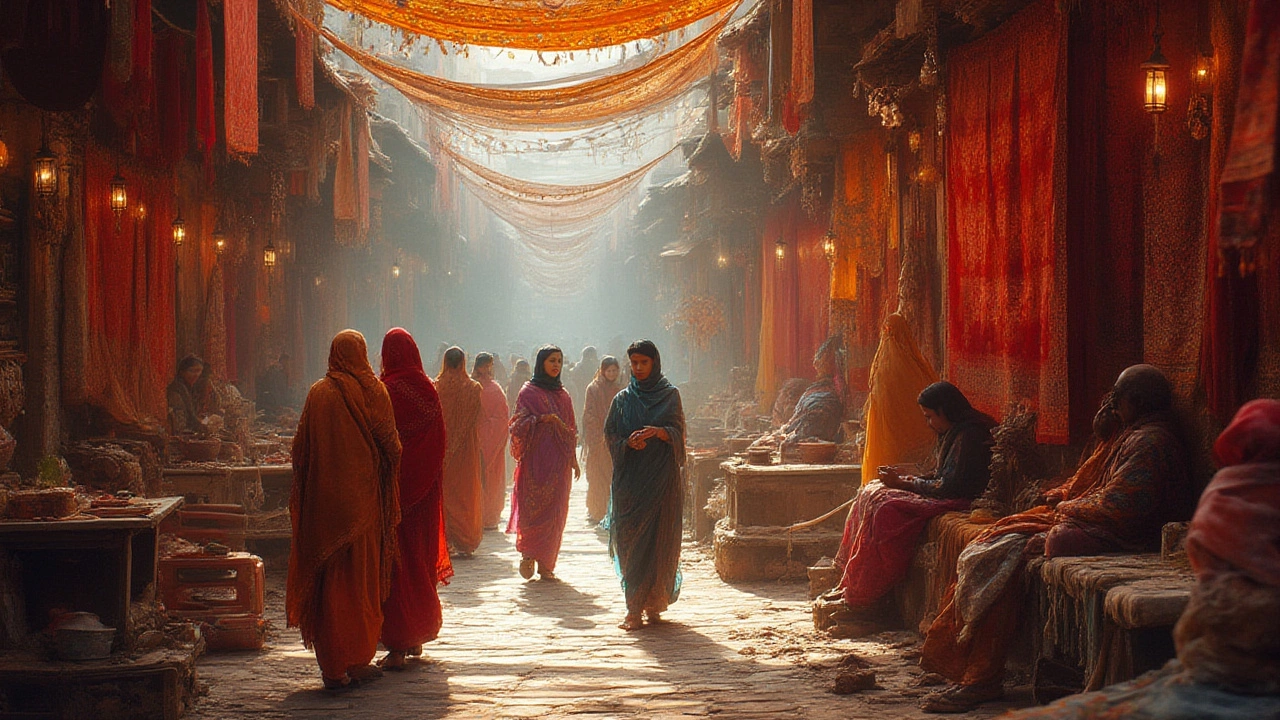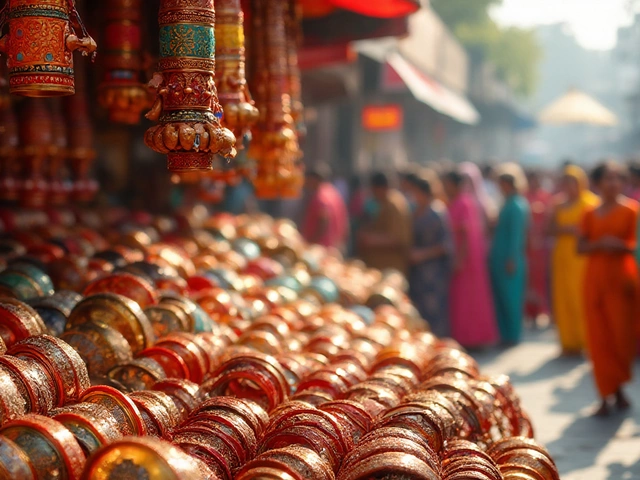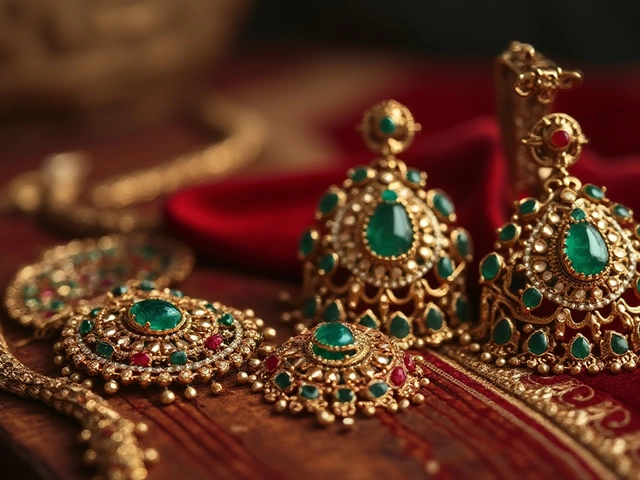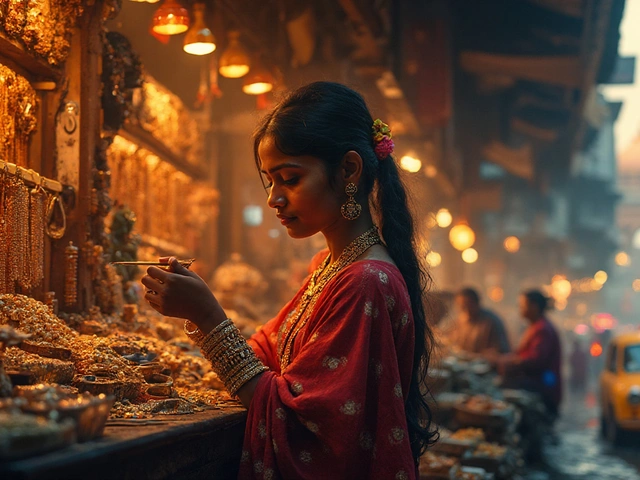Silk Price India – What You Need to Know Right Now
Silk is a big part of Indian fashion, but the price can feel confusing. One day you see a lovely saree for a low price, the next day the same fabric costs much more. This guide breaks down the current silk price in India, the reasons behind the ups and downs, and practical steps to pay the right amount.
Why Silk Prices Fluctuate
First, silk comes from mulberry trees. If farmers have a bad monsoon, the mulberry leaves shrink and silkworms produce less thread. Less supply means higher prices. Second, the type of silk matters – pure mulberry silk, tussar, and eri each have their own cost. Finally, demand spikes during festivals like Diwali and wedding season, pushing prices up for a few weeks.
Current Rates and Where to Check
As of October 2025, pure mulberry silk yarn sells for about ₹350‑₹420 per kilogram in major textile hubs such as Surat and Varanasi. Tussar silk is a bit cheaper, around ₹250‑₹300 per kilogram, while eri silk sits near ₹200‑₹250. Keep an eye on local wholesale markets, online platforms, and the Ministry of Textiles reports for the latest numbers. Prices listed on big e‑commerce sites often include a markup, so compare a few sources before buying.
If you’re looking for a ready‑made saree or dress, the cost per meter of fabric is the key figure. A 6‑meter silk saree usually starts at ₹8,000 for basic quality and can go beyond ₹50,000 for designer pieces with gold work. Remember, the price tag includes not just the silk but also the labor, dyeing, and embellishments.
When you shop, ask the seller for the weight of the silk piece in grams. Multiply the weight by the current per‑kilogram price to see if the price makes sense. For example, a 250‑gram silk blouse at ₹350 per kilogram should cost roughly ₹87 before any design work.
Authenticity matters. Look for a BIS hallmark or a reputable brand label. Real silk feels smooth and slightly cool to the touch, while synthetic blends feel plasticky. A simple burn test can confirm – a tiny fiber should burn slowly and smell like burnt hair.Negotiating is easier in wholesale markets. Buy in bulk or combine orders with friends to get a discount of 5‑10 %. Even in retail stores, politely asking for a lower price or a free alteration can save you money.
Seasonal tips: Shop right after the major festivals when sellers clear inventory. Prices often drop by 5‑15 % compared to peak wedding months. Also, keep an eye on government announcements about silk production; a good harvest usually leads to lower rates.
Finally, consider online resale platforms for gently used silk. Many people sell high‑quality silk at 30‑40 % off the original price, and you still get authentic material if you verify the seller’s reviews.
Silk price in India isn’t static, but with these pointers you can track changes, spot a fair deal, and enjoy the luxury of silk without overpaying.
Most Expensive Fabrics in India: Silk, Pashmina & More
Curious which fabric costs a fortune in India? This guide reveals why silk, Pashmina, and rare handlooms are worth every rupee. Discover traditions, facts, and tips before you buy.





